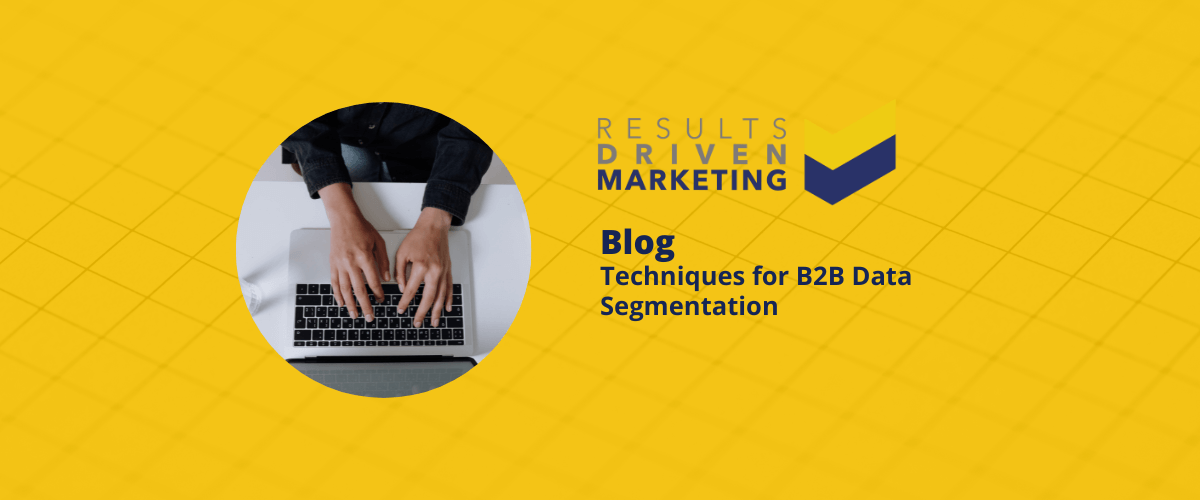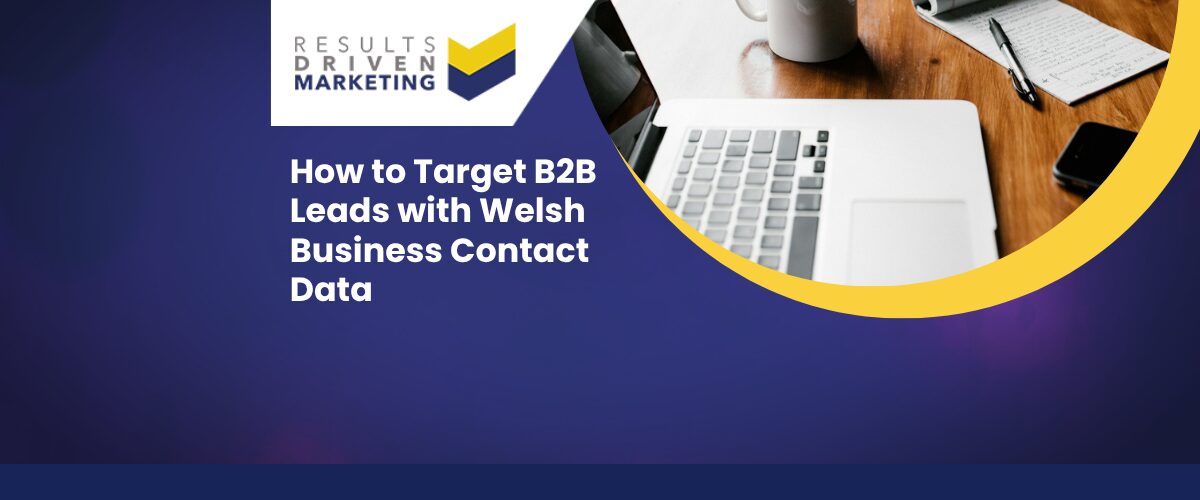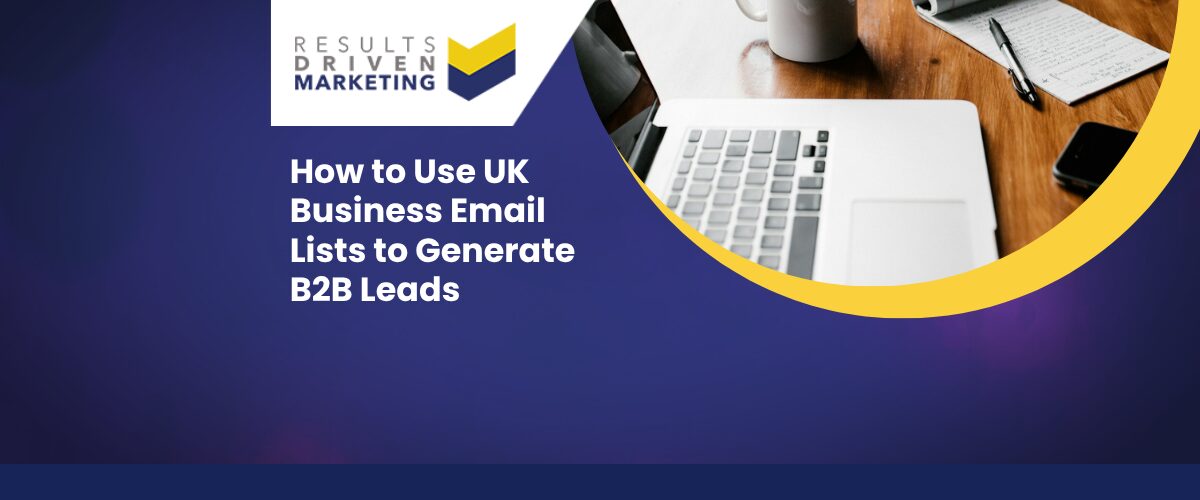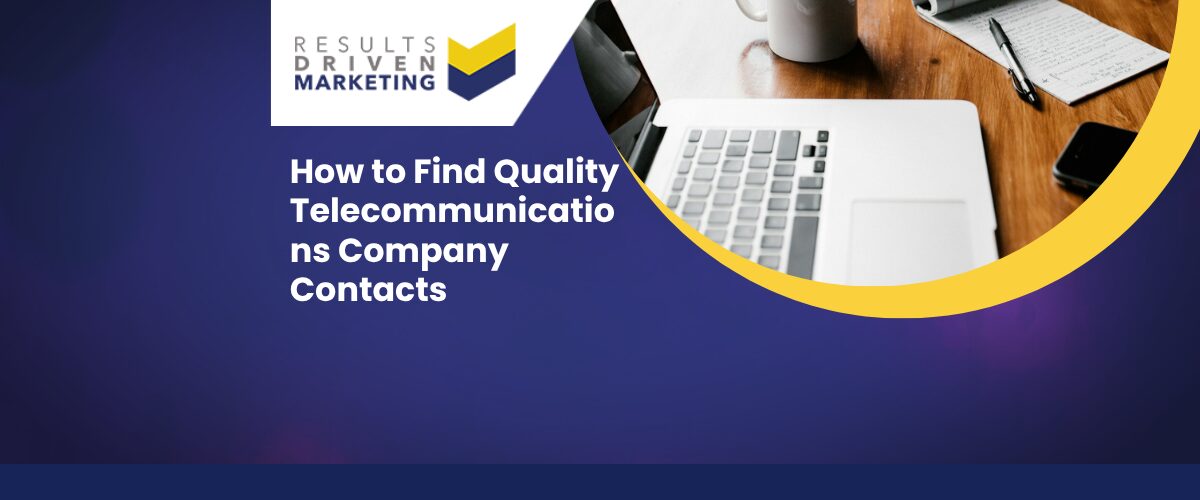
Techniques for B2B Data Segmentation
B2B data segmentation is a critical process for marketers aiming to enhance the effectiveness of their outreach and personalisation efforts.
This article will explore the nuances and strategic advantages of segmenting your business-to-business (B2B) data, allowing you to tailor your communications and offerings to meet the specific needs of diverse business audiences.
Effective B2B data segmentation not only improves customer engagement but also boosts conversion rates and ROI by delivering more relevant content and offers to each segment.
We’ll dive into various techniques for segmenting your B2B data, best practices for maintaining data accuracy, and how to leverage this approach to achieve targeted marketing success.
Table of contents:
What is B2B Data Segmentation?
In simplest terms, B2B data segmentation is the process of breaking down your business data into manageable and meaningful categories or segments. It involves grouping similar data based on various attributes like geographic location, firmographic characteristics, behaviours, or purchasing patterns.
B2B data segmentation can be a game-changer for your B2B business, as it facilitates personalised marketing, increases engagement, improves product development, and so much more.
Now, let’s explore some effective techniques for B2B data segmentation.
Firmographic B2B Data Segmentation
Firmographic B2B data segmentation is similar to the demographic segmentation used in B2C marketing, but here it’s all about businesses. It involves segmenting your data based on business-specific characteristics such as company size, industry, location, revenue, and number of employees. This can help you craft bespoke marketing strategies for companies in a specific segment, ultimately improving your engagement and conversion rates.
Technographic B2B Data Segmentation
Technographic B2B data segmentation is a relatively newer method and involves categorising businesses based on their tech stack. This includes the technologies, tools, software, or hardware that businesses use. This segmentation can be particularly valuable when selling tech products or services as it can help identify businesses that may need your product or could benefit from upgrading their existing solutions.
Behavioural B2B Data Segmentation
Behavioural B2B data segmentation categorises businesses based on their behaviour towards certain products or services. This can include usage rate, loyalty, user status (potential, first-time, regular), purchase patterns, and more. Understanding these behaviours can help your business predict future actions and tailor your marketing and sales efforts accordingly.
Needs-based B2B Data Segmentation
Needs-based segmentation involves grouping businesses based on their specific needs, problems, or goals. This requires a deep understanding of your target audience, often necessitating qualitative research methods, such as interviews or surveys. By understanding a company’s needs, you can tailor your products and messaging to provide the ideal solution.
Value-based Segmentation
Value-based segmentation refers to categorising companies according to the value they bring to your business. This can be in terms of revenue, loyalty, or potential for growth. Segmenting in this way helps prioritise resources and efforts towardos high-value customers.
Channel Preference Segmentation
This form of segmentation categorises businesses based on their preferred communication channels. For instance, some businesses might prefer email correspondence, while others are more responsive over social media platforms or traditional phone calls. Identifying and utilising the right communication channels can significantly improve your engagement rates.
Size and Scale Segmentation
In this technique, companies are grouped based on their size and scale of operations. This could include factors such as the number of employees, locations, or their market share. Size and scale segmentation can help you align your offerings to the capacity of your prospective customers, ensuring they get the right quantity and quality of service.
Account-Based Segmentation
Account-based segmentation, also known as account-based marketing (ABM), is a strategic approach where key business accounts are treated as markets of their own. These ‘markets’ or ‘accounts’ are then further segmented based on any of the techniques mentioned above. ABM is particularly effective for high-value accounts where a targeted, personalised approach can yield significant benefits.
Lifecycle Stage Segmentation
Lifecycle stage segmentation involves grouping businesses based on their current stage in the sales cycle, such as awareness, consideration, decision, or retention stages. This helps you deliver the right message at the right time, increasing your chances of moving leads down the funnel.
Implementing Techniques for B2B Data Segmentation
Successfully implementing these techniques for segmentation requires a solid data collection and management system. Invest in quality CRM and data analysis tools to help you gather, process, and interpret data accurately and efficiently.
Also, remember that data segmentation is not a one-time task. It’s a dynamic process, requiring regular updates and reviews. As businesses grow and evolve, so does their data. Regularly reviewing and adjusting your segmentation ensures it remains relevant and beneficial.
Data Segmentation Challenges
While these techniques for B2B data segmentation can greatly enhance your marketing and sales efforts, it’s also important to be mindful of the challenges. Data quality is paramount. Outdated or inaccurate data can lead to poorly segmented markets and misguided strategies. Furthermore, data privacy regulations must be strictly adhered to when handling business data.
Conclusion
Techniques for B2B data segmentation provide you with the keys to unlock deeper insights into your customer base, leading to more personalised marketing, improved products, and ultimately, higher conversion rates. Whether you’re just dipping your toes into the waters of data segmentation or looking to enhance your existing efforts, these techniques can serve as a comprehensive guide.
So, invest time and resources in effective data management and B2B data segmentation practices. Remember, the quality of your segmentation will directly impact the success of your strategies. Happy segmenting!
Fine out more about our b2b data services here
Who are we?
Providing b2b database solutions is our passion.
Offering a consultancy service prior to purchase, our advisors always aim to supply a database that meets your specific marketing needs, exactly.
We also supply email marketing solutions with our email marketing platform.
We have the best data of email lists for your networking solutions as well as direct mailing lists & telemarketing lists
A good quality b2b database is the heartbeat of any direct marketing campaign…
It makes sense to ensure you have access to the best!
Call us today on 0191 406 6399 to discuss your specific needs.
Results Driven Marketing
0191 406 6399







